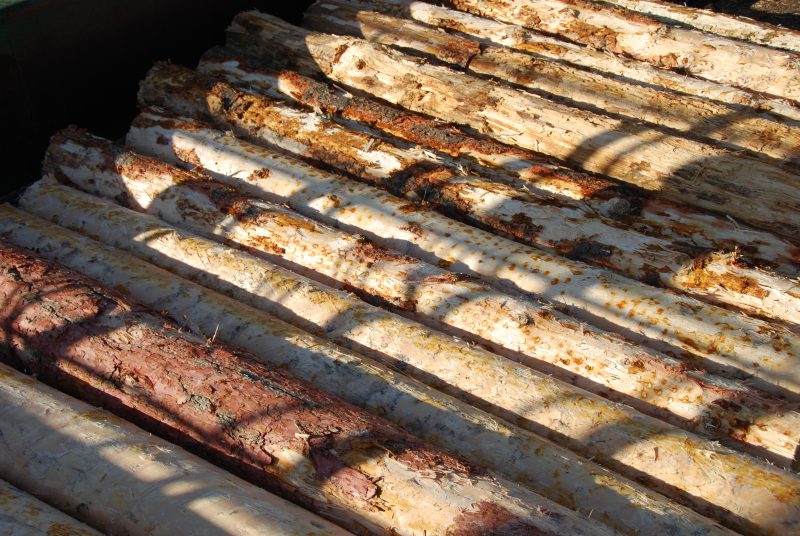Trade of logs and lumber in Europe will change dramatically in the coming years as timber harvests in Central Europe decline and the sanctions against Russia result in a plunge in forest products imports.
The surge in wood supply has been absorbed by domestic sawmills (~60%) and increased export of sawlogs and pulplogs (~40%). Additional wood supply at competitive prices has helped the Central European sawmill industry expand, taking advantage of strong lumber markets in Europe and globally in 2020-21. Also, increased sawdust and woodchip supplies from sawmills have enabled wood pellets and panels production growth.

With the timber harvests having peaked, exporters and consumers of logs will need to adjust to a reduced supply of softwood logs in the coming years. Central European lumber production will decline from current record levels, and the region may shift from being a net log exporter to becoming a net importer again. Furthermore, Russia’s invasion of Ukraine has resulted in sanctions in the importation of practically all forest products from Russia and Belarus to Europe, which included almost six million m3 of logs and nine million m3 of softwood lumber in 2021.
The reduced timber supply in Central Europe and Russia’s invasion of Ukraine will impact European industry production, trade flows, and forest products prices for many years to come. Sawmills will need to renew focus on conversion yield and small-diameter sawing capabilities, fibre industries should consider alternative species and wood fibre sources, and forest owners would benefit from more intensive forest management. In addition, international markets will need to adjust to the reduced supply of European softwood log and lumber exports.
Source: Wood Business
